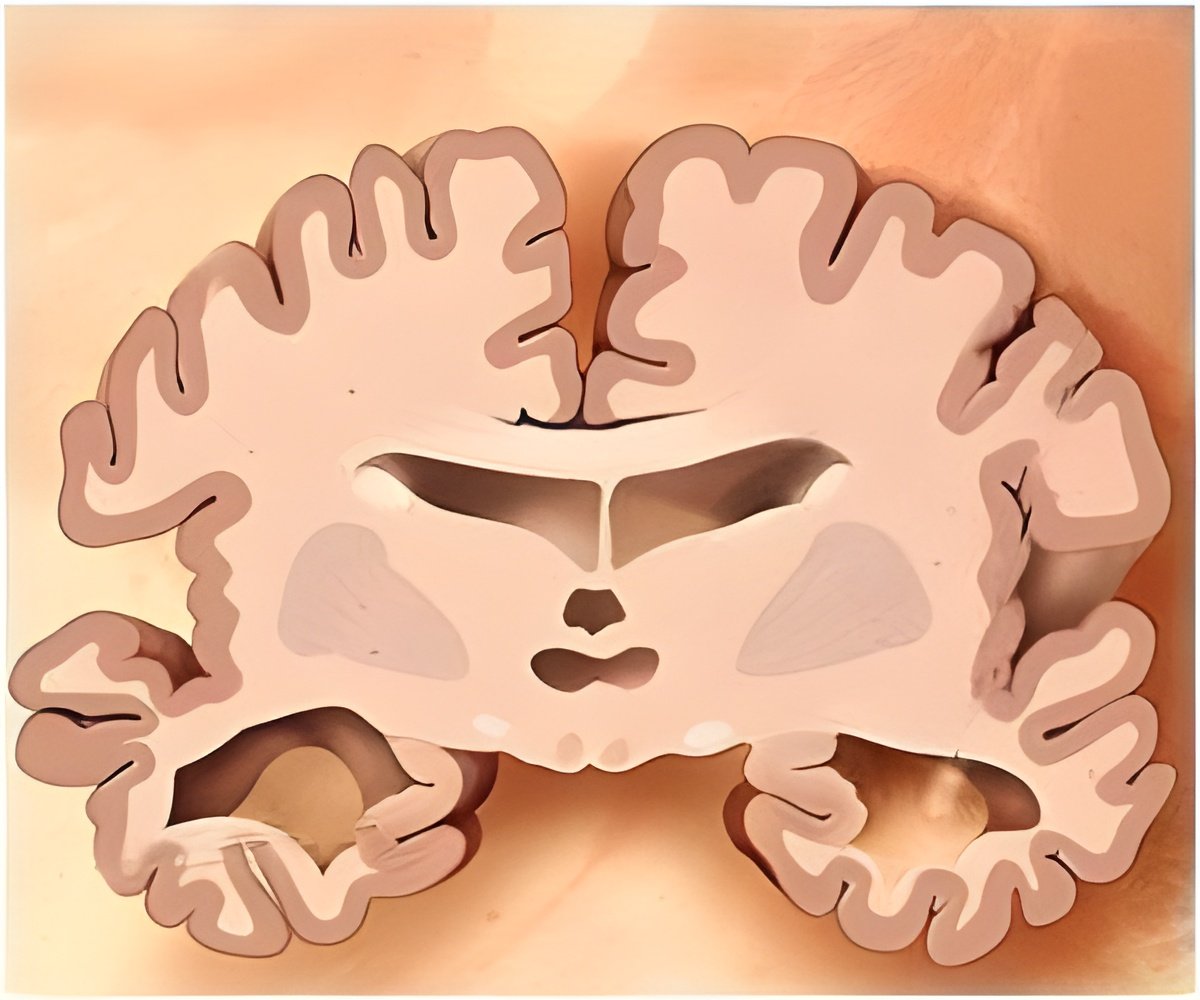Research into Alzheimer's disease (AD) has so far not revealed on whether the protein amyloid-beta or the tau protein is the symptom or the cause of the disease.

Dr. Bloom will present additional evidence supporting the role of CCR in AD on Sunday, Dec. 15, at the American Society for Cell Biology (ASCB) annual meeting in New Orleans. He will report the identification of a critical balance point between tau and a master cellular regulator that amyloid-beta oligomers disrupt.
A novel group of proteins, Rac1, Gαs (Gs alpha) and NCAM, and two protein kinase complexes, mTORC1 and mTORC2, play a role in driving mature neurons to their death, according to the UVA researchers.
These new findings are scientific sequels to a series of dramatic discoveries by the Dr. Bloom's lab that unravel the molecular events that drive adult neurons in CCR. As Dr. Bloom noted in his research presentation at last year's ASCB annual meeting, most normal adult neurons are supposed to be permanently post-mitotic -- that is, they have finished dividing and are locked out of the cell cycle.
Yet in AD, neurons frequently re-enter the cell cycle, fail to complete mitosis and ultimately die. In late stage AD, up to 30 percent of the neurons in the frontal lobes of the brain are dead, surrounded by large amyloid plaques and tau-associated neurofibrillary tangles.
Dr. Bloom said that he views AD as fundamentally a problem of the cell cycle, with both amyloid-beta and tau required for the interaction that pushes neurons into destructive CCR. "The massive neuron death that occurs in AD therefore appears to be caused by the raw ingredients of plaques and tangles working in concert with each other, rather than by the plaques and tangles themselves," Dr. Bloom explained.
Now in this new molecular "sequel," Dr. Bloom and lab members Andrés Norambuena and Lloyd McMahon implicate a novel group of proteins -- Rac1, Gαs (Gs alpha), and NCAM -- and two protein kinases complexes -- mTORC1 and mTORC2 -- as required participants to set off CCR.
This delicate balance is compromised by amyloid-beta oligomers in a way that allows neurons that should never replicate to re-enter the cell cycle. They fail to divide and eventually die instead. "Some of the earliest events in AD pathogenesis are therefore caused by amyloid-beta oligomers altering a fundamental neuronal signaling axis centered around tau and mTOR," proposed Dr. Bloom who said that he believes that the proteins identified in this signaling axis are potential biomarkers, and therapeutic targets for very early stages of AD, leaving the door open for an even more exciting sequel down the road.
Source-Eurekalert
 MEDINDIA
MEDINDIA



 Email
Email








